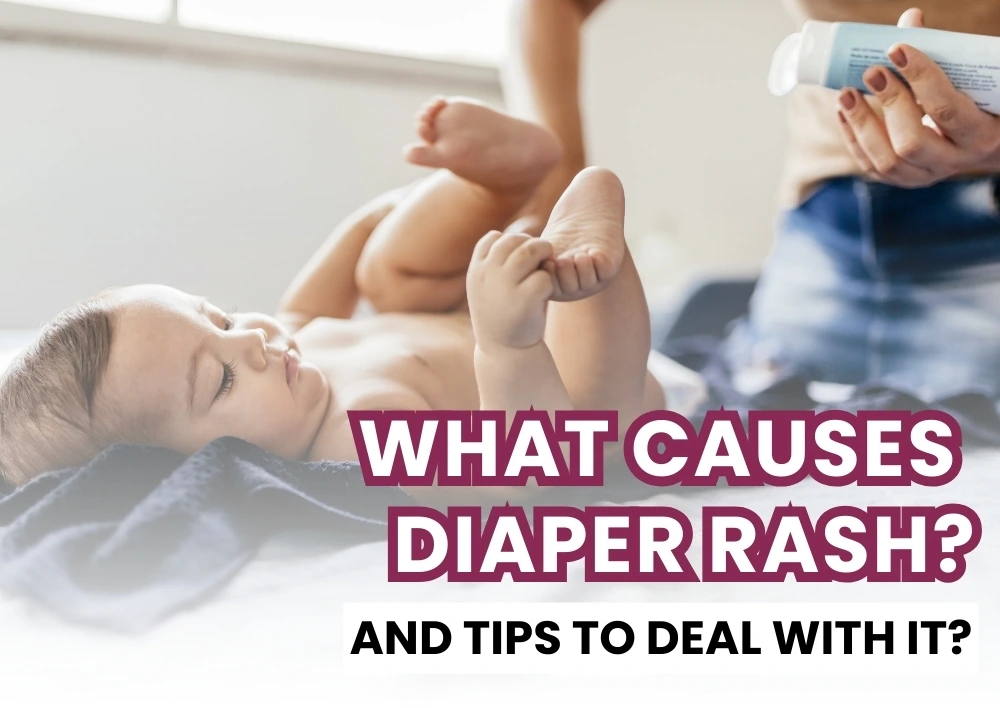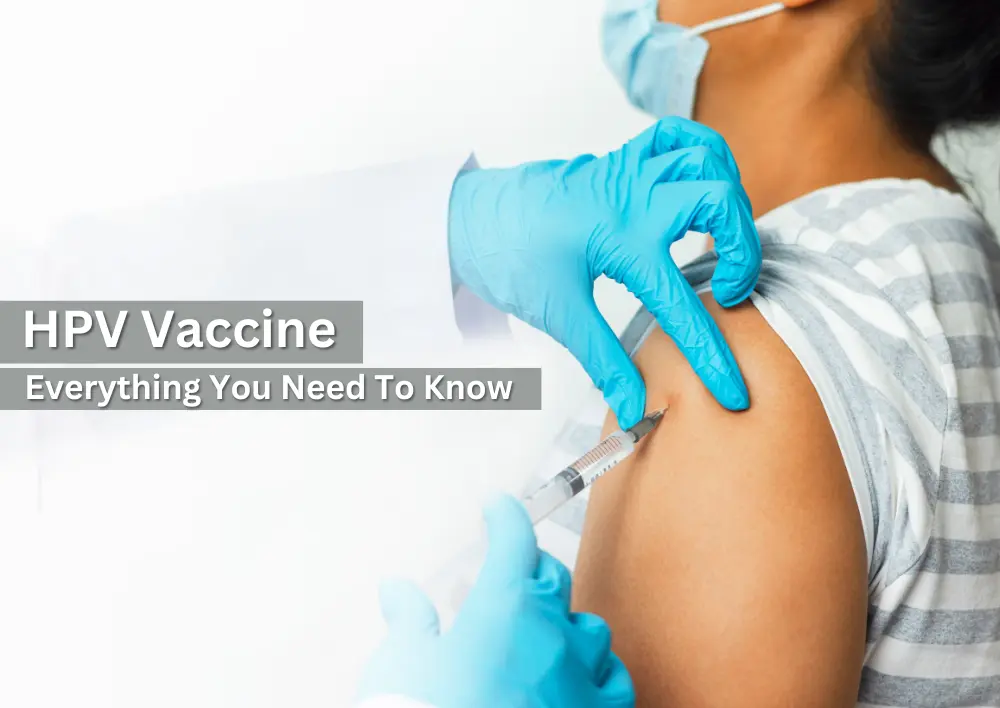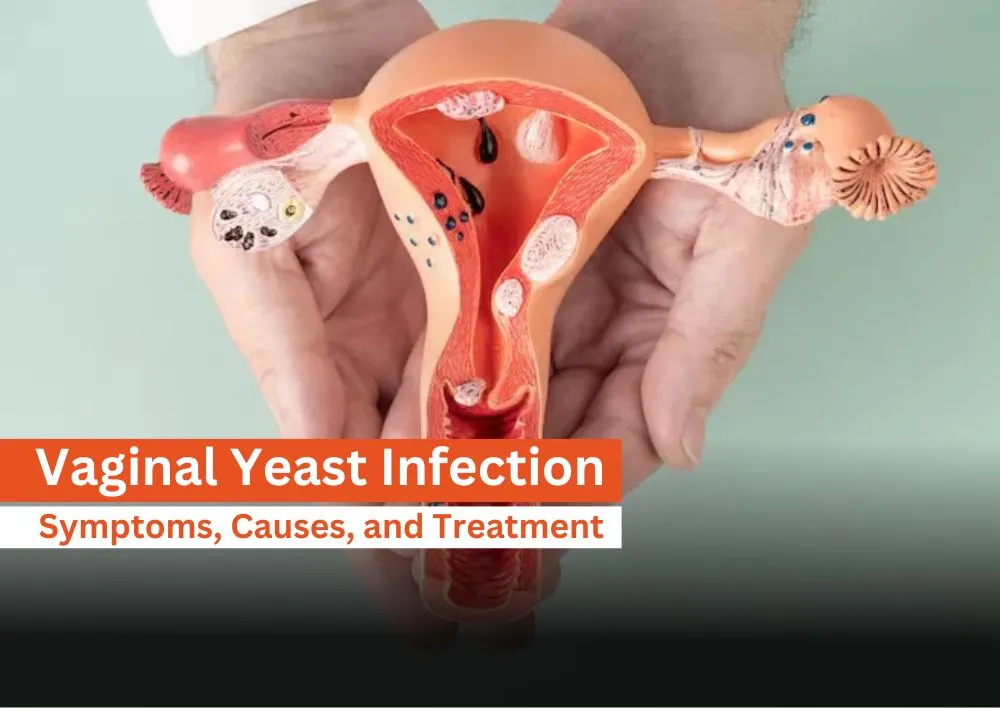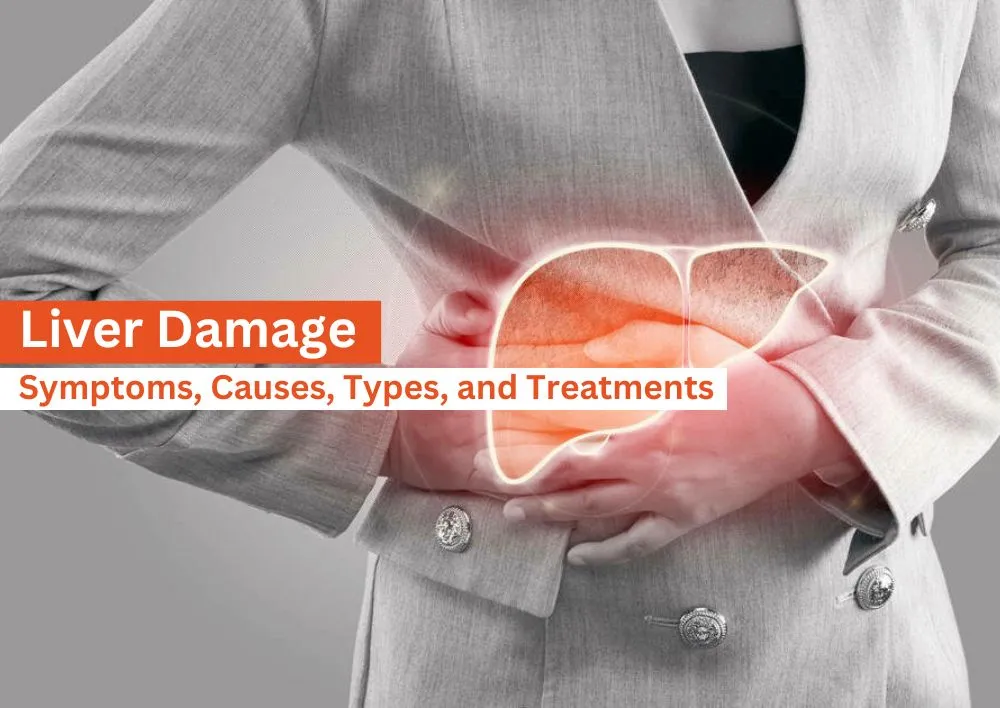What Causes Diaper Rash? and Tips to Deal With it?
Diaper rash is a common skin irritation that affects most babies during their diaper-wearing years. While it’s a natural part of infancy, diaper rash can be uncomfortable for your little one. As a parent, you want to do everything you can to relieve and treat this condition effectively. In this blog post, the best pediatrician in Gurgaon at Miracles Apollo Cradle provides expert insights into diaper rash. From understanding its symptoms and causes to learning about prevention, effective treatment methods, and when to seek professional help, this blog post covers all you need to know.
What is Diaper Rash?
A diaper rash is a red, irritated, or inflamed area of skin that appears on your baby’s bottom, thighs, or genital area. It usually occurs when the skin is exposed to moisture, or irritants for a long duration. While newborn diaper rash is most common, it can also affect adults who wear diapers due to medical conditions.
Symptoms of Diaper Rash
Diaper rash can vary in appearance, but here are some common signs:
-
Redness and Inflammation: The skin in the diaper area such as the buttocks, thighs, and genitals appears red or pink. This redness and inflammation occur due to irritation caused by prolonged contact with moisture, friction, or irritants.
-
Small Bumps or Pimples: Sometimes, diaper rash appears as tiny red or pink bumps. These can give the affected area a bumpy texture and may be tender to the touch.
-
Scaly or Shiny Patches: In cases where the rash has lasted for some time, the skin may start to look scaly or shiny.
-
Raw or Tender Skin: When diaper rash worsens, the skin can become raw, making it tender and painful for the baby, especially when touched or exposed to wet diapers.
-
Discomfort and Fussiness: Babies with diaper rash may show signs of discomfort, such as crying, twitching, or acting fussy, especially during diaper changes. This is a natural reaction to the soreness or itching caused by the rash.
-
Sores or Blisters: In more severe cases or if left untreated, diaper rash can lead to painful sores or blisters, which may become infected. This can make the area even more red and swollen, requiring medical attention.
These symptoms can vary in intensity based on the cause of the rash and the sensitivity of the baby’s skin. Early recognition and treatment can help reduce discomfort and promote faster healing.
Common Causes of Diaper Rash
Several factors can contribute to the diaper rash development. Understanding the underlying diaper rash cause can help in choosing the right treatment:
-
Moisture and Wetness: One of the leading causes of diaper rash is prolonged exposure to wetness, either from urine or stool. When a baby’s skin remains in contact with moisture for too long, it can become irritated.
-
Irritation from Diapers: The materials in diapers, such as plastic and certain chemicals, can irritate your baby’s sensitive skin.
-
Infection: Diaper rashes can sometimes be caused by fungal infections, such as yeast infections. These infections are produced in warm, and moist environments, making the diaper area a prime target.
-
Food Changes: When babies start eating solid foods, their digestive systems adjust, and their stool can become more acidic, which may lead to skin irritation.
-
Antibiotic Use: If your baby has recently been on antibiotics, it can disturb the natural balance of bacteria in their gut, leading to yeast infections and diaper rash.
-
Sensitive Skin: Babies have delicate skin, and some babies are more prone to skin reactions from baby wipes, lotions, or even laundry detergent.
-
Friction: Diaper rash can also develop due to tight-fitting diapers or clothing that rubs against the skin, causing friction and irritation.
Now that you know the causes and symptoms, let's discuss the diaper rash care options.
How to Treat Diaper Rash
The goal is to reduce discomfort, prevent further irritation, and promote healing of the affected skin. Here are some home remedies for diaper rash solutions:
-
Frequent Diaper Changes: The first step in treating diaper rash is ensuring that your baby’s diaper is changed regularly. Leaving a dirty diaper on for too long increases the risk of skin irritation. So, make it a habit to check and change your baby’s diaper frequently, at least every 2 to 3 hours during the day and immediately after they have a bowel movement.
-
Gentle Cleaning: When cleaning your baby’s bottom, be gentle. Avoid using baby wipes that contain alcohol or fragrances, as these can further irritate sensitive skin. So, prefer a soft cloth or cotton ball soaked in lukewarm water to clean your baby. Pat the skin gently to avoid rubbing or causing friction. If you use baby wipes, make sure they are alcohol-free and made for sensitive skin. If possible, air-dry the area or gently pat it dry with a clean towel.
-
Use Diaper Rash Creams: Over-the-counter diaper rash creams and ointments can be very helpful in treating diaper rashes. Look for cream with zinc oxide, as this ingredient helps to create a barrier on the skin, preventing moisture from further irritating the affected area. Apply a thin layer of diaper rash cream or ointment to the affected area with every diaper change.
-
Let the Skin Breathe: Allow your baby’s skin to get some fresh air. After cleaning the area, let your baby go diaper-free for short periods during the day. This will help the skin to breathe, and provide the baby diaper rash relief.
-
Warm Baths with Baking Soda: Giving your baby a warm bath can soothe irritated skin and promote healing. Use some baking soda in the bathwater to help calm the inflammation and reduce itching. Make sure to lukewarm water instead of hot water to prevent further irritate the skin.
-
Avoid Tight Diapers and Clothes: Loose-fitting diapers can help minimize friction and allow air to circulate your baby’s skin. Tight diapers can rub against the rash, worsening the irritation. When choosing clothes, go for soft fabrics like cotton, and avoid clothes that rub the rash area.
-
Treating Yeast Infections: If the diaper rash in the baby is caused by a yeast infection, the pediatrician may recommend an antifungal cream. Over-the-counter options like clotrimazole or miconazole can be used, but it’s important to consult with a paediatrician before using any treatments to ensure they are appropriate for your baby’s condition.
-
Hydrocortisone Cream: In some cases of severe diaper rash, your pediatrician may recommend a mild hydrocortisone cream to reduce inflammation.
How to Prevent Diaper Rash
Here are some tips to reduce the chances of diaper rash in the future:
-
Change Diapers Frequently: This is the most effective way to prevent diaper rash. Make sure your baby’s diaper is changed often, especially after bowel movements.
-
Use Diapers That Fit Well: Diapers that are too tight can cause friction, while ones that are too loose may not offer good protection. So, always choose diapers that fit comfortably around your baby’s waist and legs.
-
Choose the Right Products: Use fragrance-free wipes and lotions that are gentle on your baby’s sensitive skin. Choose high-quality diapers that are made from breathable materials and keep your baby’s skin dry.
-
Avoid Harsh Chemicals: Avoid using baby powders or any products that contain harsh chemicals, as they can irritate sensitive skin. Use natural alternatives such as calendula ointment or petroleum jelly.
-
Give Diaper-Free Time: Allow your baby some diaper-free time each day to let their skin breathe naturally. This can help reduce the risk of developing diaper rash.
-
Check for Allergies or Sensitivities: If you notice that your baby frequently develops a diaper rash, check if a particular food or product may be causing the issue. If your baby recently started eating solids, certain foods may cause more acidic stool, which can irritate the skin.
When to Consult a Paediatrician?
While most diaper rashes are mild and can be treated at home, there are times when you should seek professional help:
-
If the diaper rash doesn’t improve within a few days of home remedies
-
If the rash appears to be infected, with pus-filled blisters, sores, or a fever
-
If the rash is accompanied by diarrhea or vomiting
-
If your baby seems to be in pain or distress
A pediatrician will diagnose the cause of the rash and recommend appropriate diaper rash treatment. In cases of yeast infections, bacterial infections, or severe skin conditions, medical intervention may be necessary.
Conclusion:
Diaper rash in infants is a common yet manageable condition. By changing diapers frequently, keeping your baby’s skin dry, and using the right treatments, most cases of diaper rash can be prevented or treated at home. However, always pay close attention to your baby’s skin and seek medical advice if the rash persists or worsens. If you are concerned about your baby's diaper rash, consult the best pediatrician near you at Miracles Healthcare. Book an appointment with us today for expert guidance and compassionate care tailored to your little one’s needs.





_in_Pregnancy.webp)






Was the information useful?
0 0